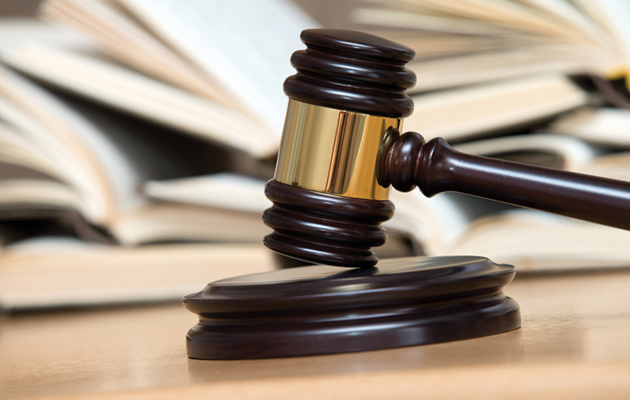Modern product liability laws and the resulting product liability lawsuits can trace its roots back to the mid-1800s. It was at that time that courts across the United States began to rule that businesses and manufacturers were required to use reasonable care – and operate professionally with a reasonable level of responsibility – for products offered for sale to consumers and other companies.
And, while product liability lawsuits are often unique, each product liability lawsuit must contain four elements to be considered valid under negligent principles of tort law.
A product liability lawsuit has four elements that are as follows –
- Element #1 – The product in question (and the basis of the product liability lawsuit) has caused an injury to the product’s end-user or damaged the product’s end user’s property in some way.
A customer becomes the plaintiff in a product liability lawsuit after the appropriate paperwork with proper authority or jurisdiction. The injured party, through their product liability lawsuit, can request that the defendant make the plaintiff whole for property damage, personal injuries, and other costs.
- Element #2 – The manufacturer or the business – in this instance, the defendant to the lawsuit, – owes a duty to have acted (in making or selling the product) as any other reasonably prudent person or company would, given the same situation, facing the same circumstances.
- Element #3 – The manufacturer or the business has allegedly breached their required duty to use reasonable care in the sale or the manufacture of the product in question.
- Element #4 – A causal connection exists between a defendant’s alleged breach of duty and the plaintiff’s damage or injury.
It is noted that product liability laws vary by state, so it is essential to understand the product liability law for the state in which the damage or injury occurred.
Here is an example of a product liability lawsuit that explains the above-mentioned elements.
Cindy was riding a bicycle on a designated bike path when she was hit from behind by an automobile because the car’s brakes failed. Cindy’s injuries were severe and the bicycle was totaled. Cindy spent, a week in the hospital recovering from her injuries.
Who would Cindy sue for product liability to recover the damages sustained in the accident?
Answer – although there may be several types of lawsuits in this situation, Cindy would sue the brake manufacturer in the matter of product liability because its product – the brakes – failed, causing her injuries and damage to her property.








Comments